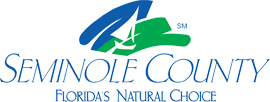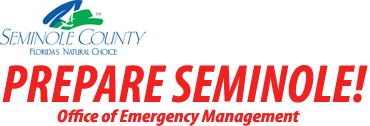Insurance
An individuals first line of defense is insurance, and it is the quickest avenue to recovery after a disaster. A home is more than just a major financial investment, your home provides you and your family with shelter from the dangers of severe weather. Our goal in Emergency Management is to help you ensure your home is as safe and strong as it can be, and that your insurance coverage is sufficient to protect you and your belongings inside. Policies vary, learn what’s generally covered by each homeowners insurance policy type — and what’s not. Disasters typically not covered include: floods, maintenance, sewer backup, sinkhole, etc. The location of a property can be a primary factor of insurance availability and cost. Homes located in areas with a greater exposure to losses due to a particular peril pay a higher cost for coverage than areas less exposed to that peril.
A peril, as referred to in an insurance policy, is a cause of damage that results in an insured loss of property. Coverage can be provided on an "all perils" basis, or a "named perils" basis. Named perils policies list exactly what is covered by the policy, while Open Perils (or All Perils) policies will list what is excluded from coverage. Named Perils policies are generally more restrictive. To purchase the most appropriate insurance, it's important for you to consider what potential perils you will face and always verify what's covered in your specific policy.
Homeowners can ensure their homes insurability by keeping them current with local and modern building codes, by performing regular home maintenance, and by implementing loss mitigation measures. If damage does occur and you are rebuilding or making repairs, you should contact your community's floodplain management/building officials. Seminole County Building Division can be reached at 407-665-7335. Whether or not your home has substantial damage, it may impact the way you need to rebuild. County officials can help determine the level of damage, the work needed to repair or replace the damaged structure, and whether or not additional work will be needed to comply with local codes and ordinances. Additionally, it's important to get the proper permits for things like plumbing, electrical system, foundation and structural repairs.
Types of Insurance
- Homeowners Insurance
-
As a homeowner, your first line of defense and your quickest avenue to recovery is insurance. For many people, their home and its contents represent their greatest investment. It's important to understand the difference between homeowners insurance and mortgage insurance. Mortgage insurance covers the lender, while homeowners insurance covers YOU.
Most homeowner's insurance does not cover flood damage. You can protect your home and its contents with flood insurance through the National Flood Insurance Program(NFIP). The NFIP was created to provide a fair way to protect individuals and businesses from financial loss due to flood damage.
- Renters Insurance
-
Renters should buy insurance for their belongings, because homeowners policies only cover the dwelling. There are renter's insurance policies specifically designed for if you are renting and do not own your residence. Renters insurance provides coverage for your personal property and liability, not the actual structure.
Tenants are not required by law to have renters insurance. However, the landlord may require the renter to obtain and maintain insurance as part of the lease. As a tenant, do not assume the landlord's insurance policy covers your personal property in the event of damage.
- Flood Insurance
-
Floods are the number one natural disaster in the United States and can happen anytime and anywhere. Floods are not covered under typical property policies, so you must purchase a separate flood insurance policy to ensure you have coverage for flood losses. To make sure you are protecting your home by understanding your insurance coverage, please visit FloodSmart.gov for more information on flood insurance for your home.
Seminole County participates in NFIP. You are eligible to purchase flood insurance even if you are outside the floodplain. For more information specific to Seminole County, please visit our Flood Prone Areas frequently asked questions page.
Find out if you are in a flood zone. *Please note this is a free service provided by FEMA; some areas in flood zones may not be listed.
Maintenance
Every homeowner in Seminole County should take the proper steps to protect his or her home and property against disasters. Listed below are a few steps to help residents get started.
- Regularly inspect all window and door seals and be sure they are in good condition.
- Be prepared with sandbags and know how to place them properly.
- Raise or flood proof any HVAC equipment.
- Make sure all gutters and downspouts are operational and free of debris.
- If flood waters are present, turn off all electricity.
- If you must evacuate, be sure to turn off all utilities.
- Talk to a plumber about installing a backflow valve to prevent sewage backup.
- Have trees on your property inspected. Trim those that need it.
- Secure lawn and/or pool furniture, potted plants and other potential flying objects.
- Take pictures and/or video of your home so that you have documentation of it's condition in the event it is damaged.
For further information on how to better protect your home against specific threats, please visit Flash.org.

